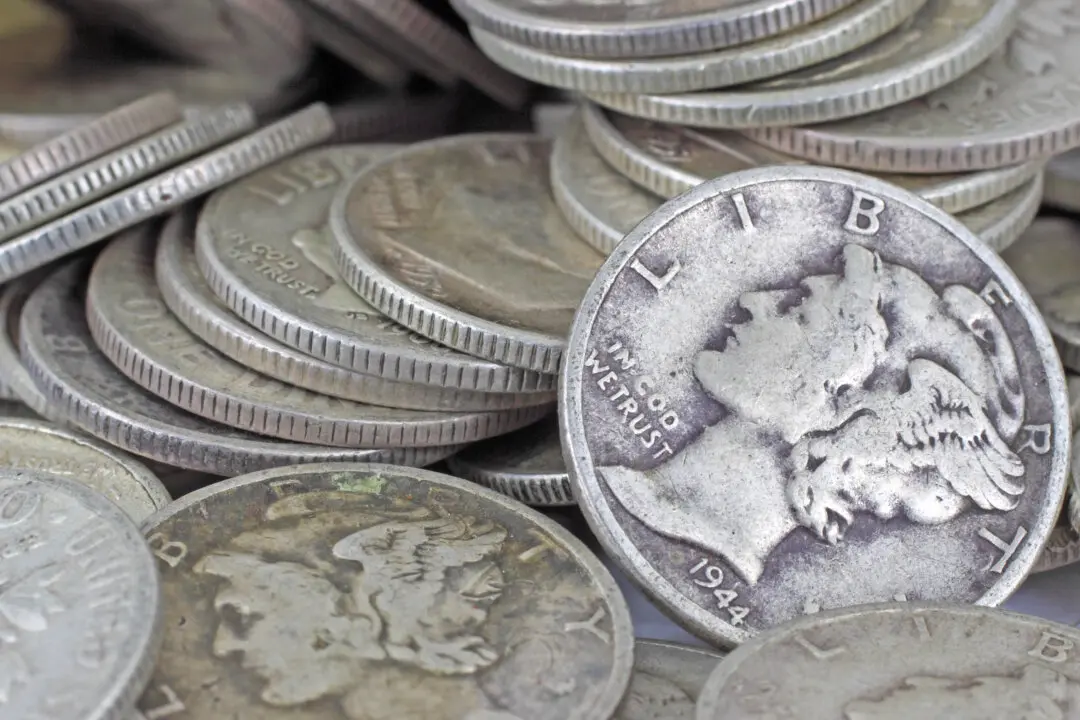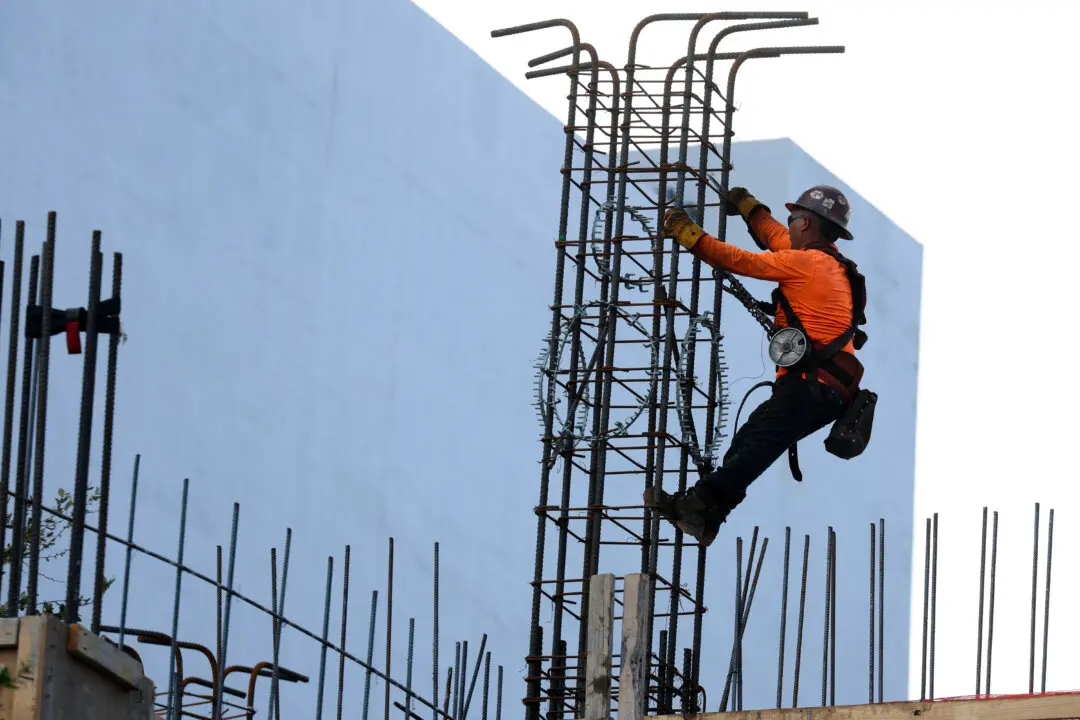Commentary
Visiting with a restaurant owner last night, he told me that they fared pretty well throughout the pandemic period. They had a large restaurant so the capacity restrictions didn’t hurt their business. They have a known brand and had already set up the takeout and delivery apparatus. They had high ranks in every rating service, so the place became a go-to for people. And they profited.





